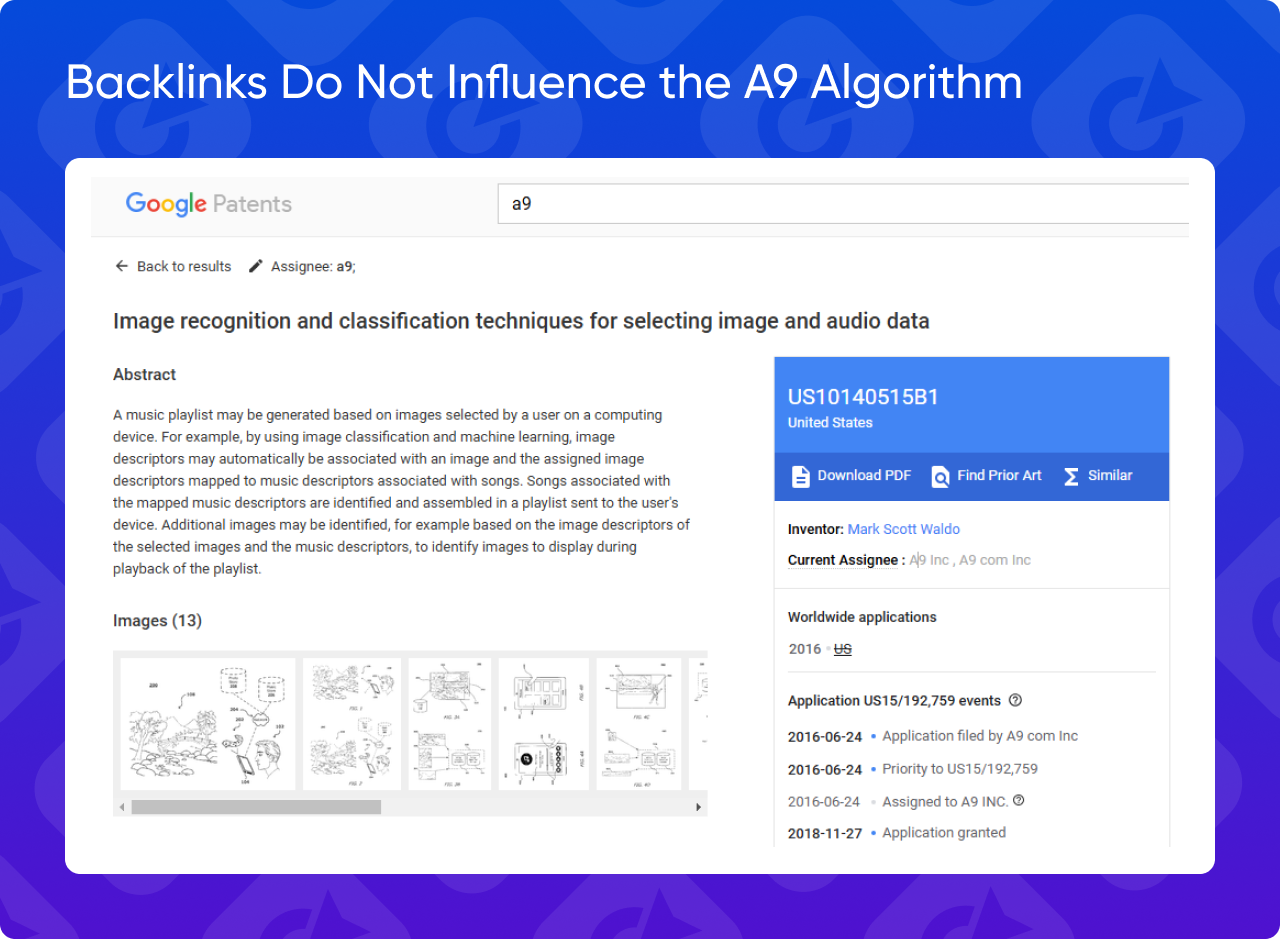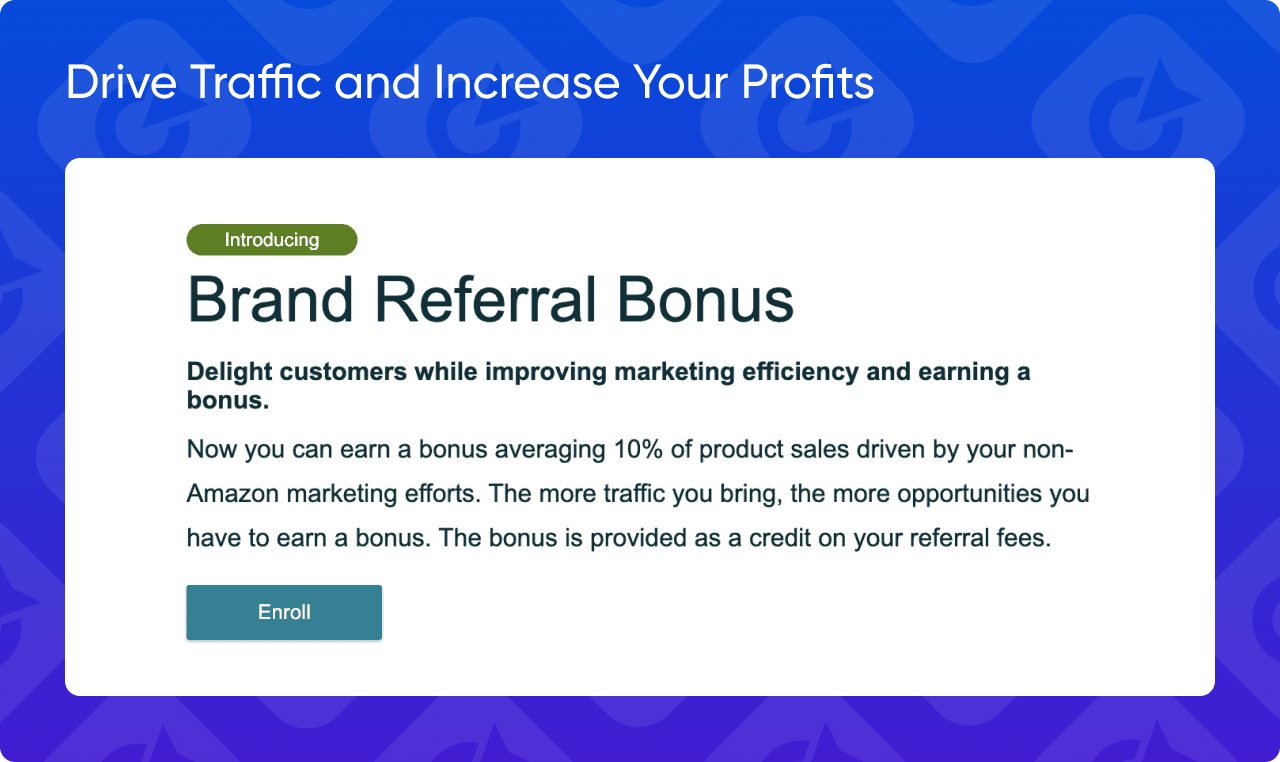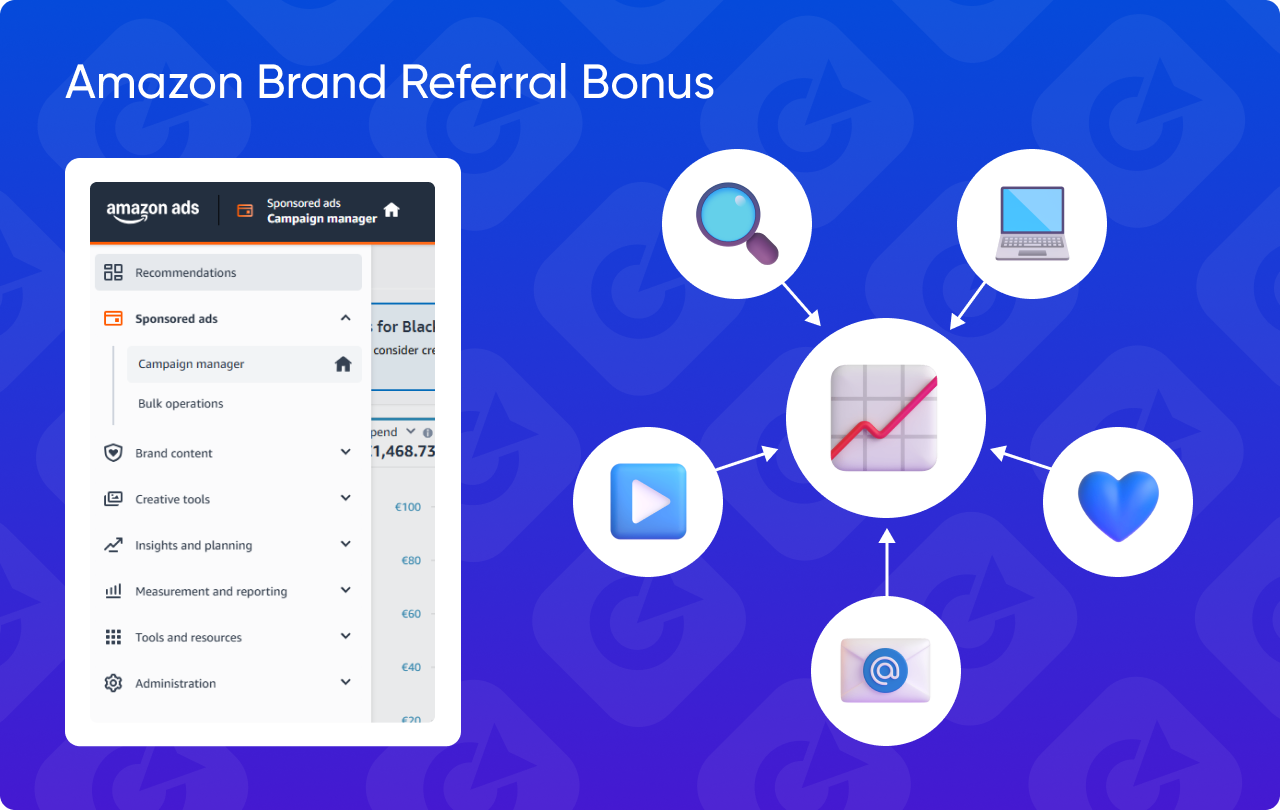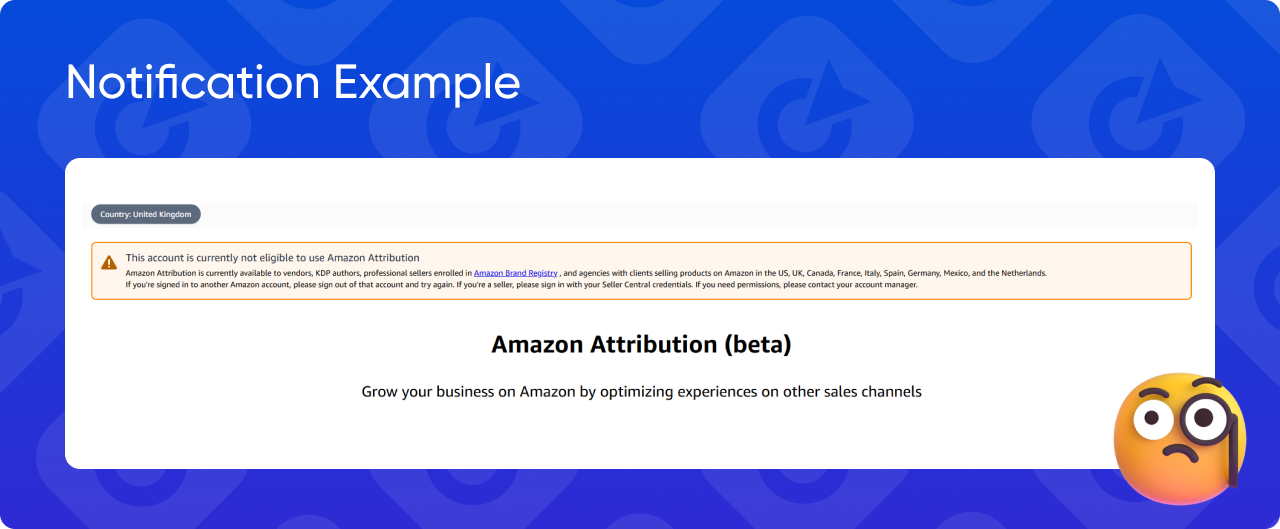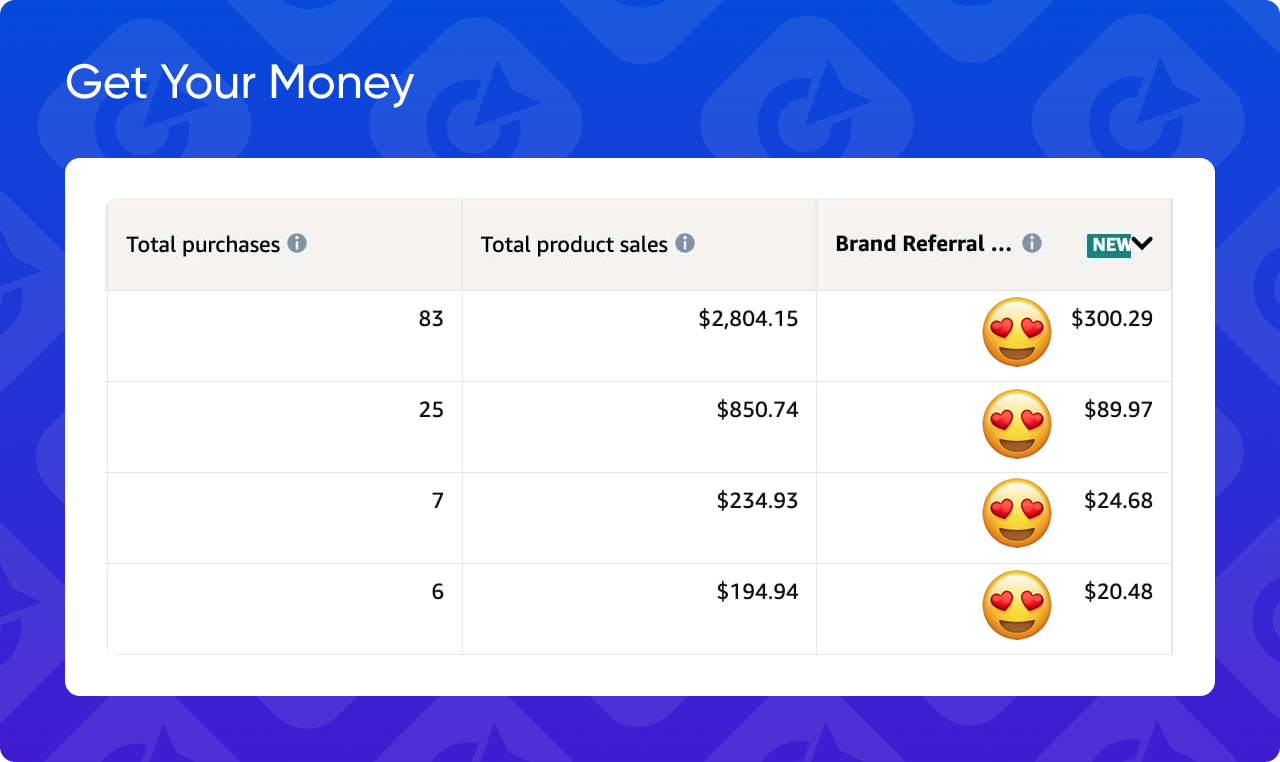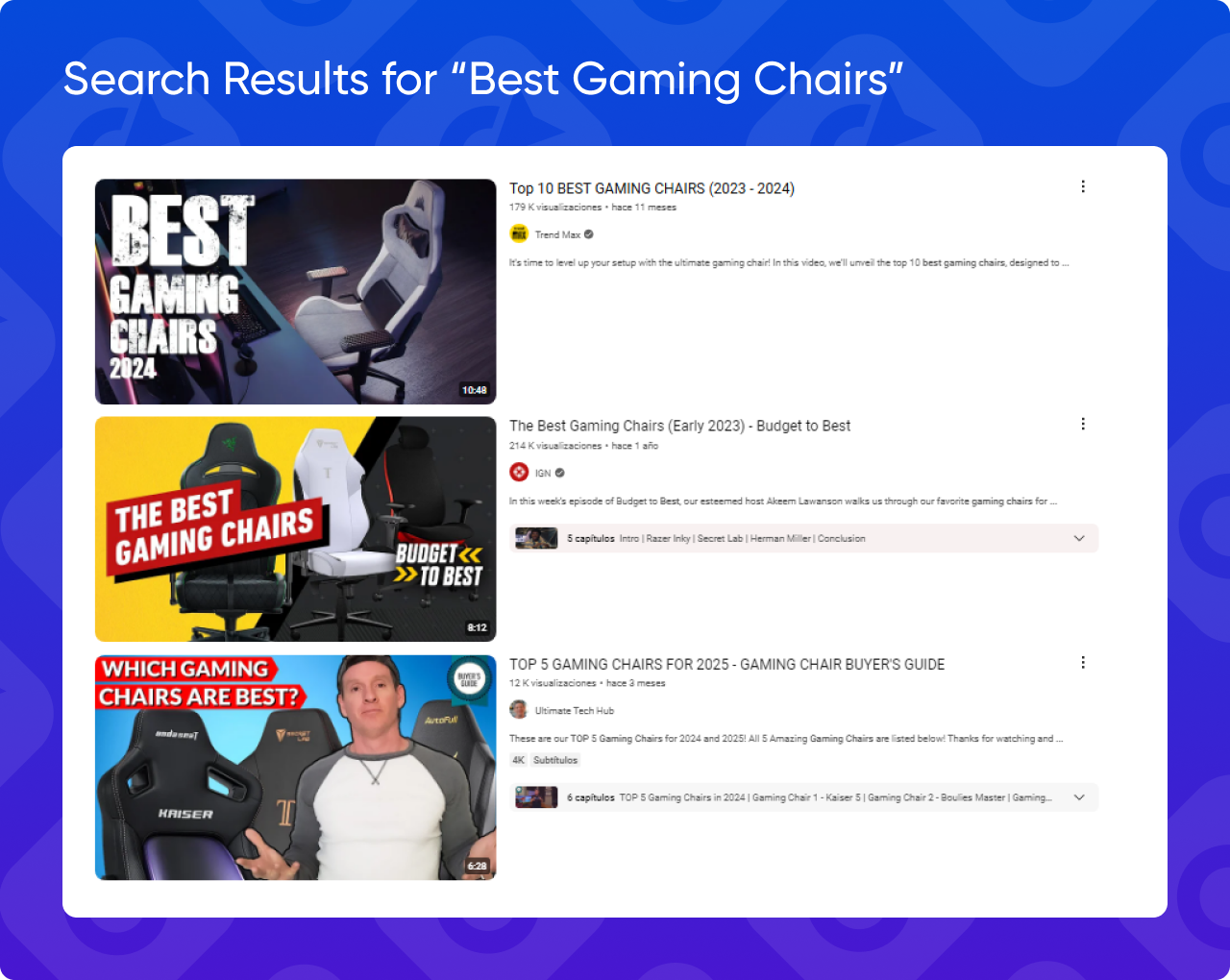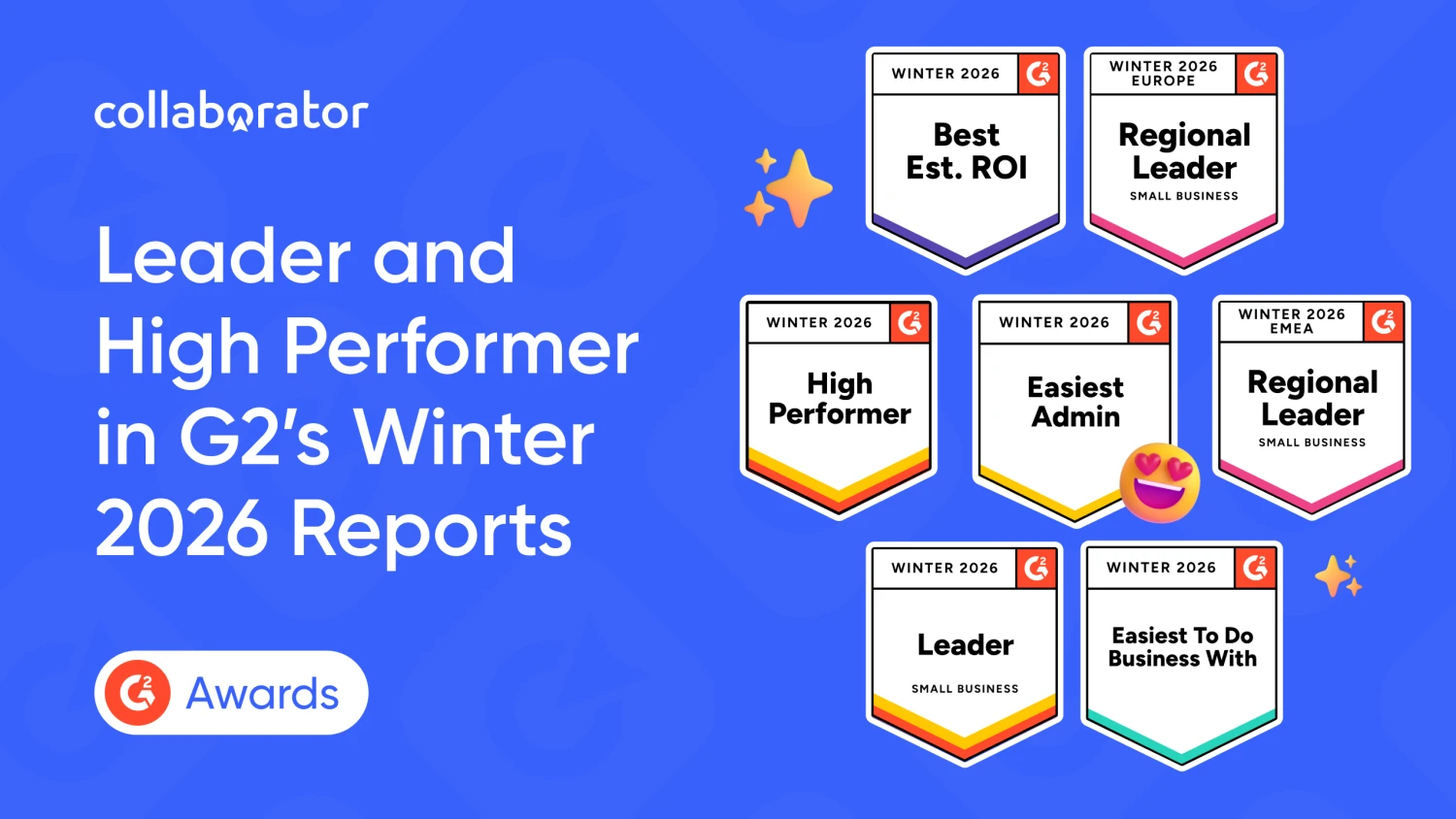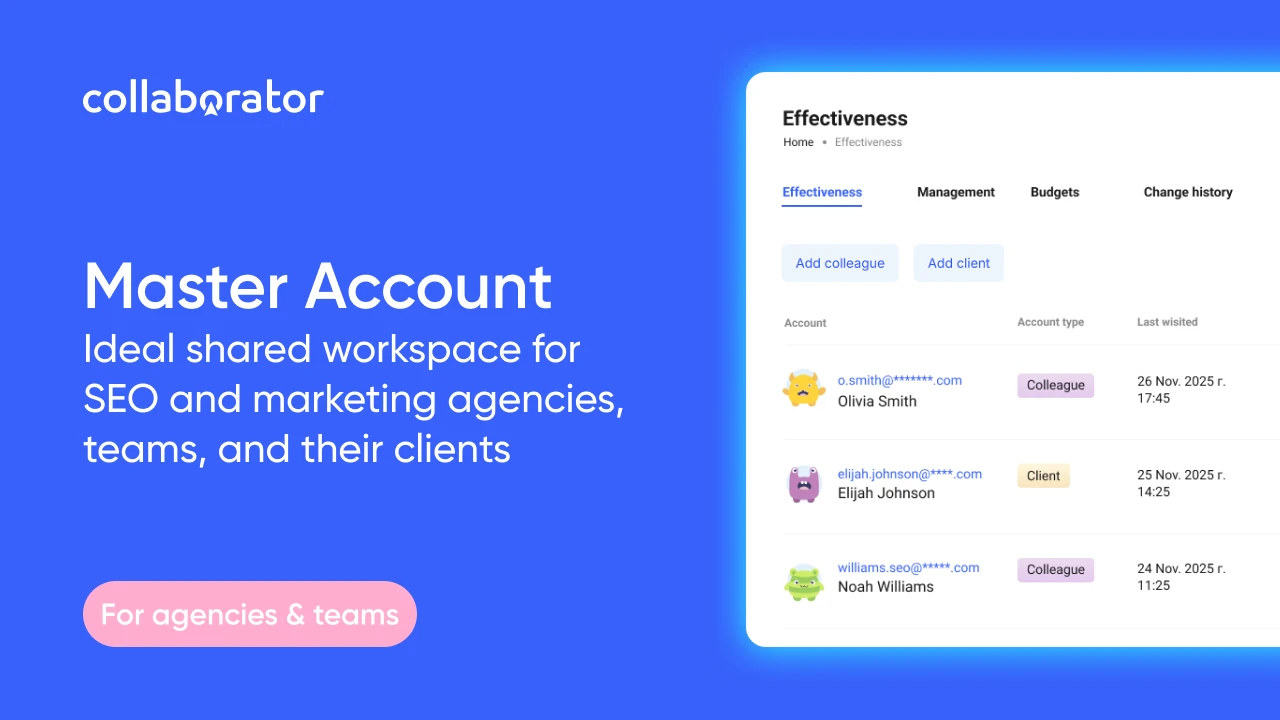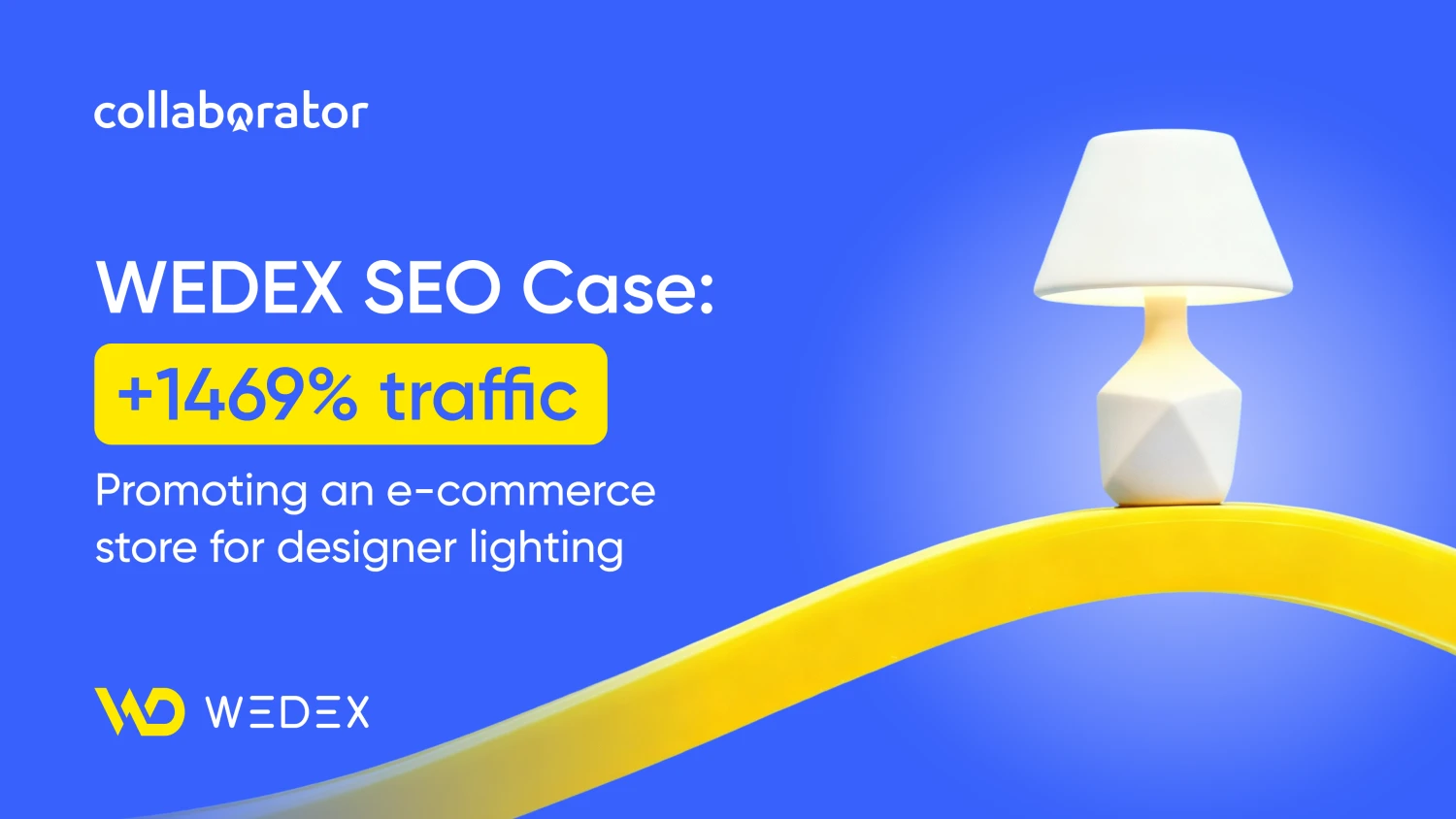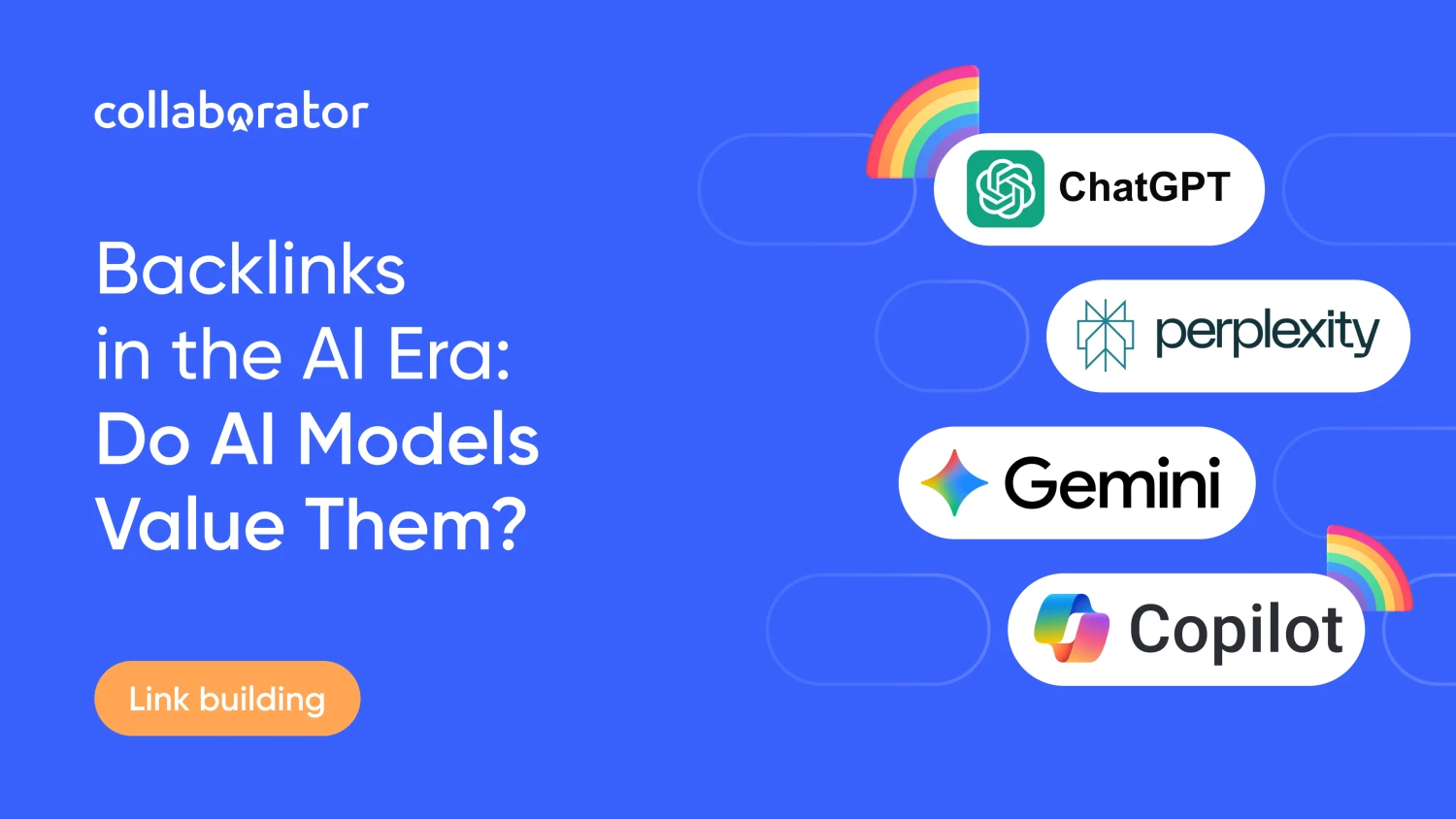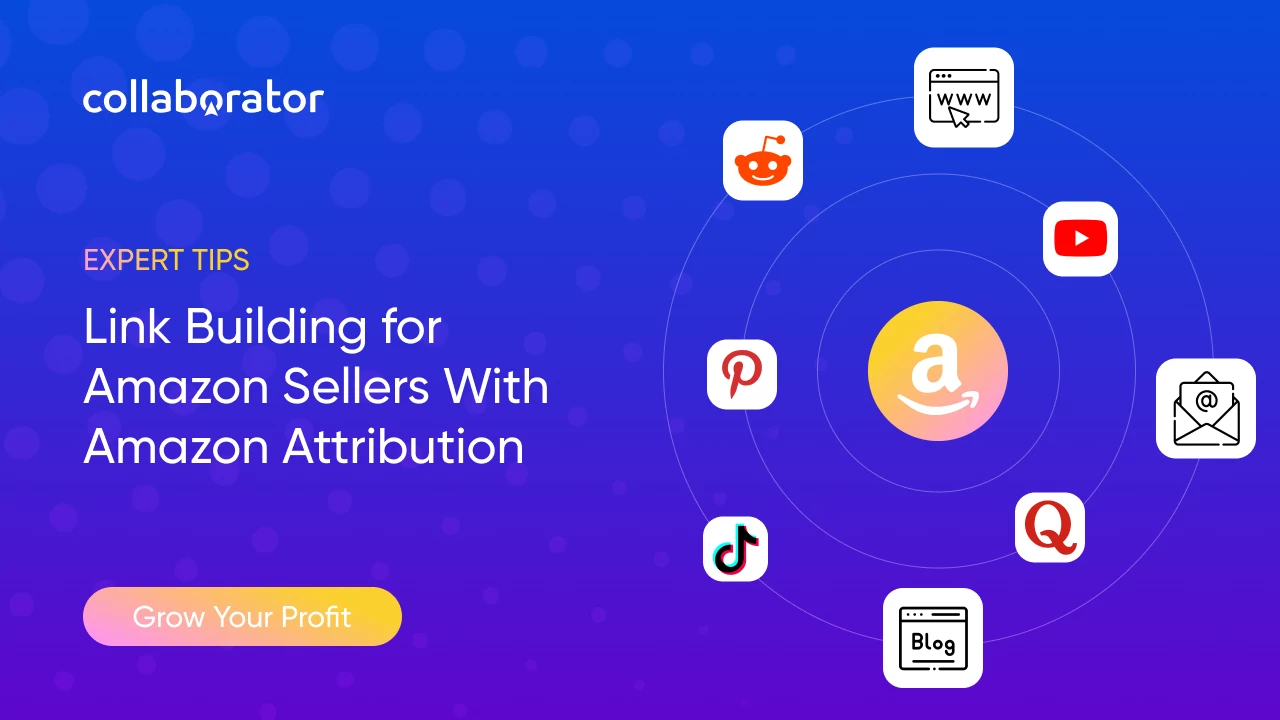
SEO link building has always been a tool associated with digital marketing, EEAT, brand mentions, and SEO ranking. However, for Amazon sellers, it is often an untapped resource. And it is untapped because of ignorance.
This article is not about how to leverage link building to improve the rankings of our Amazon.co.uk products in A9 (Amazon's results sorting algorithm) or within Google itself. Backlinks have no impact on A9.
This article is about how we can leverage those backlinks in aspects that do have an impact on A9: traffic and sales. And also, how we can make money from those links using Amazon Attribution.
With Amazon Attribution, a free tool from Amazon that hangs on Amazon Advertising and is only for brands registered with Amazon (Amazon Brand Registry), sellers can create unique tracking links to measure the performance of their external marketing channels, such as blogs, social media, and even affiliate links.
In addition, you get a Brand Referral Bonus for each sale you get. Why? Because Amazon rewards you for bringing in outside sales.
"Amazon’s Brand Referral Bonus lets you earn a bonus when you use non-Amazon advertising to help customers discover products in the Amazon store. Bonuses accumulate as credits that offset the referral fees for future sales when you use Amazon Attribution tags as part of your ads.
The bonus isn’t available for Amazon advertising (like sponsored or video ads), but you can earn a bonus from your social media campaigns, search and display ads, emails, and other marketing beyond the Amazon store."
Combined with a link building strategy, Amazon Attribution allows you to drive traffic from external sources and improve the visibility and sales of your products on Amazon, because it provides metrics that do have an impact on A9:
- Visits to a product page
- Reduce bounce rate on product pages
- Add-to-cart
- Add-to-wishlist
- Sales
- Conversion rate vs product page visits
These last two points are obviously the ones that have the most impact on Amazon A9.
Why Is Link Building Important for Amazon Sellers?
Link building is not just about improving Google rankings. For Amazon sellers, it helps improve product visibility, drive qualified traffic, and increase sales velocity (I explain it, in Spanish, in this YouTube video — you can activate the automatically generated English subtitles if needed), the KEY metric for Amazon's organic rankings. This, in turn, helps Amazon's A9 algorithm to better position products in SEO search results.
But be careful, because not just any link will do — only links that bring traffic and sales. That's why I approach it through press releases, affiliation, and social networks. I'm not ‘just’ going to publish an article in Forbes with the keyword “best can opener on Amazon”.
By improving rankings, you get more organic sales and reviews, creating a virtuous circle (the popular Amazon Flywheel) that strengthens your presence as a seller on Amazon.
How to Set Up Amazon Attribution: The Basics
Before you start link building, it is important to set up Amazon Attribution:
1. Make sure you are eligible for the program: Log in to your Amazon Seller or Vendor Central account and search for Amazon Attribution under the advertising tab. You must have your brand registered in Amazon Brand Registry. If not, you will see something like this:
2. Create Attribution links: For each product or campaign, generate a unique attribution link for each external platform (Pinterest, Instagram, TikTok, etc.). You can create a custom source/medium. So you could create ‘Affiliation’ as Source and ‘BestCapOpeners.org’ as Medium.
3. Analyze performance: Use the Attribution dashboard to measure metrics such as clicks, purchases, and ROAS (return on ad spend) for each external source. This data will help you identify which link building strategies work best.
4. Get your Brand Referral Bonus: There is nothing better than ‘free money’ — believe me.
Link Building Strategies With Amazon Attribution
1. Buying affiliate links to increase visibility
There are plenty of affiliates in your vertical. Don't believe me? Search “best gaming chairs”, for example. And don't limit yourself to just websites:
These videos get traffic. Social media posts get traffic — a guy alone at home can get more traffic with a blog than a big box store!
Buying backlinks through sites like Collaborator on affiliate sites is a quick way to generate traffic and improve SEO. Many sellers on Amazon collaborate with product review sites, deal sites, “bargain sites” or niche blogs relevant to their target market. This collaboration not only improves search engine visibility, but can also generate direct sales.
- How to do it: Contact affiliate sites and offer them an Amazon Attribution link with a commission. This incentivizes them to create content and link directly to your product on Amazon. The commission is super important, as it is a direct reward. The Amazon Attribution link can also be combined with your Amazon Affiliate ID to generate a double commission.
- Be careful: Make sure the sites you collaborate with have a good domain authority and appeal to your target demographic. Avoid low-quality sites, as these links could hurt your SEO and reputation
- Bonus: If they also have social channels or a Telegram channel, even better — that means more traffic!
2. Using Telegram groups to drive sales
Telegram groups are popular for sharing deals and product recommendations, and can be an excellent route for your Amazon Attribution links. Many groups have large user bases interested in discounts and product discoveries, which can lead to a rapid increase in sales.
- Finding relevant groups: Search for Telegram groups focused on product offers, niches relevant to your product, or local shopping communities. There are plenty of them on Collaborator.
- Promoting with Attribution links: Share your Attribution links in these groups with engaging messages highlighting your product benefits or current promotions. Make sure the message is natural and not too promotional.
- Measuring results: With Amazon Attribution, you can see exactly how many clicks and conversions are coming from each Telegram group, allowing you to optimize your efforts.
- Note: 99% of these groups are about offers. If you put a product there at “full price”, it's a waste of money.
3. Generating traffic through Pinterest, Instagram, Facebook and TikTok
Each social media platform offers unique opportunities to generate traffic, brand awareness, and ultimately sales. Here's a breakdown of how to leverage Attribution links on each of them:
- Pinterest: Post high-quality images of your products and add Amazon Attribution links in the pins. Keywords are critical on Pinterest — make sure each pin has descriptive text so that it shows up in Pinterest search results. Enriched pins, especially with lifestyle images, can improve engagement and drive users directly to your Amazon listing. Use Pinterest Ads to give them an extra boost.
- Instagram: Use Instagram Stories and posts to promote your products with Attribution links. Collaborate with influencers to extend reach by giving them a unique Amazon Attribution link so they can track the performance of their campaign. Encourage the influencer to create authentic content that highlights your product's features and benefits. Give them an extra boost with Meta Ads.
- Facebook: Facebook groups, ads, and posts are great ways to share your Attribution links. For niche products, post to Facebook groups and pages relevant to your audience. Test different ads and creatives to see what converts best and monitor the results in the Attribution dashboard.
- TikTok: TikTok's popularity makes it ideal for quick product demos and user-generated content. Work with influencers to create fun videos that showcase your product and use Attribution links in the influencer's bio or video description. Track which videos work best through Amazon Attribution to guide future collaborations and content. In the USA or UK, where TikTok Shop is already available, you also have the Creators Program to get extra rewards. On products under $60, it works like a charm.
4. Using link building for SEO and brand recognition
External links from reputable sites not only drive traffic to your Amazon products, but also improve search engine rankings, enhancing brand visibility. Here's how to approach SEO link building with Amazon Attribution:
- Guest blogging and product reviews: Contact bloggers who can review your product and share the Amazon Attribution link in their content. Blogs with good domain authority can positively influence SEO, and reviews serve as credible endorsements that attract new customers.
- Press releases with product links: For product launches or special promotions, create press releases that include Amazon Attribution links. Distributing them through reputable PR sites ensures wide coverage and can generate backlinks from news sites — highly valuable for SEO.
- Get involved in niche communities: Identify forums, Reddit communities, and online discussion boards related to your product. Contribute genuine comments and recommendations and add Attribution links where relevant. This not only generates traffic but also establishes credibility for your brand within niche communities. Which is the best? Undoubtedly, because of its association with Google and the rankings they have had for the last year: Reddit. But you have others like Quora, which has a lot of traffic.
Conclusion
Amazon Attribution and SEO link building open up endless possibilities for Amazon sellers to drive traffic, improve product rankings, and ultimately increase sales.
With strategies like buying affiliate links, sharing in Telegram groups, and leveraging social media platforms — like Pinterest, Reddit, Quora, Instagram, Facebook, and TikTok —, you can leverage external traffic to grow your Amazon business.
Don't forget to monitor your analytics in Amazon Attribution to continually adjust your strategy. With a well-planned approach, link building can make a difference in the visibility of your products and their accessibility to potential buyers.

